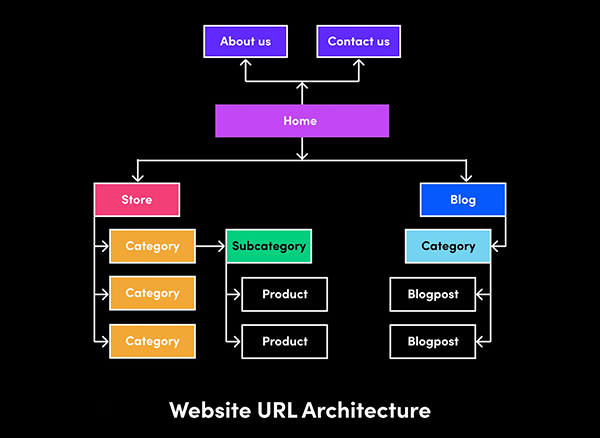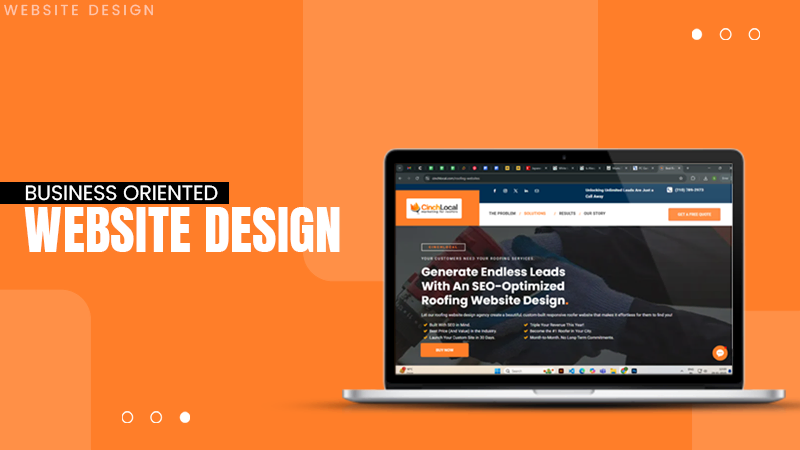Mastering Shopify’s URL Structure and Navigation for Improved Crawling and Ranking
Jump To Key Section
In the era of an extremely competitive e-commerce domain, every business is trying to maintain its spot on the first page of search results.
It is crucial because the majority of the audience feels that the pages available on their first feed are more credible than others. This terminology is also impacting many Shopify stores.
Numerous stores on this platform didn’t grow well and fell in their initial stages because of being mediocre and the unavailability of unique selling points.
Many experts say a logical site structure is crucial for Shopify SEO, as it helps search engines understand the hierarchy of your pages and distribute link equity effectively. (Neil Patel)
This blog post will comprehensively explore this methodology and give you the best strategies to implement and get better rankings of your online shop like never before.
Let’s begin!
Exploring How Shopify’s Web Address System Works
Shopify’s default URL structure typically features segments like “collections” or “products.” Although these elements aid in content organization, they may result in unwieldy URLs.
Simplifying these URLs can improve search engine optimization (SEO), making them more comprehensible for both users and search engines. Shorter, more precise URLs tend to perform better in search results, positively impacting rankings.
Did you know?
Targeting relevant keywords in product titles, descriptions, and meta descriptions is essential for attracting organic search traffic. (Shopify help center)
Creating URLs That Are Easy to Understand and Descriptive
Perfectly crafted URLs improve the effectiveness and impact of the page’s content. Using relevant keywords related to the item or category in the URL helps search engines better understand the page’s subject than generic terms.
Selecting specific product names or categories instead of broad terms can significantly influence how easily your page appears in search results. Separating words with hyphens in URLs improves readability. For comprehensive assistance, consider partnering with a Shopify marketing agency.
Establishing an optimal URL structure is a comprehensive undertaking that can be accomplished through thorough research and a keen understanding of visitor psychology. This well-structured approach can lead to a significant reduction in your bounce rates.
Let’s see how this structure practically looks like:

This pattern consists of utilities like:
- Homepage, About, and other top-level pages.
- Store.
- Product pages (Product Detail Pages, or PDPs).
- Category pages (Product Listing Pages, or PLPs).
- Blog.
Fine-Tuning the Length of URLs
The length of URLs is also a critical factor. Search engines generally prefer URLs shorter than 60 characters because they are easier for users to share and remember. Concise URLs, achieved by removing unnecessary words or parameters, can enhance SEO performance and user engagement. Keeping URLs succinct helps maintain their effectiveness in search engine rankings.
Setting Up Breadcrumb Navigation
Breadcrumb navigation provides users with a trail to retrace their steps to previous pages or categories on a website or online store platform like Shopify.
By improving navigation and aiding search engines in comprehending the site’s structure, this feature enhances the user experience.
By incorporating breadcrumb navigation into Shopify, consumers can find goods and categories more easily and browse more easily.
Intriguing Insights
This infographic here shows varied statistics about Shopify in different domains, signifying its robust growth in user base.
Improving Website Navigation
Effective website navigation keeps visitors engaged and improves search engine rankings. Easy and intuitive web design navigation buttons allow users to explore more pages and drastically decrease bounce rates.
The elementary benefits of this terminology consist of the following factors:
- Better User Experience:
- Improved Crawling and Indexing:
- Enhanced Internal Linking:
- Higher Organic Traffic:
- Increased Conversions:
- Positive Brand Perception and Credibility.
Organizing products into well-defined categories and subcategories makes it easier for users to quickly find what they want, enhancing their overall site experience. The incorporation of a search bar enables users to swiftly locate products or information, further augmenting usability.
Exploring the Use of Linking Strategies
Internal linking is a key strategy for boosting a Shopify store’s SEO performance. By connecting products or blog posts, internal links enhance page authority and increase visibility for less popular pages on the site’s platform.
This strategy aids in search engine optimization and keeps users interested in enticing them to check out additional content on the website. A Shopify marketing firm can assist in devising efficient linking tactics to maximize these advantages.
Centering on Mobile Navigation
With the increasing number of people shopping using mobile devices, optimizing navigation for mobile users is essential. Responsive design techniques ensure the website adjusts smoothly to various screen sizes.
Conversion rates and customer happiness can be greatly increased by streamlining menus and making buttons on mobile devices simple to tap or click. Retaining competitiveness in the e-commerce sector requires a smooth mobile navigation experience.
Adjusting Tactics
- Analyzing site performance with analytics tools and keeping a close eye on SEO and navigation strategies are crucial for staying competitive.
- Data-driven strategic updates are made possible by these insights into user behavior and areas that require development.
- Maintaining your Shopify store’s competitiveness in the dynamic e-commerce market requires regular strategy updates.
- Staying informed about the latest trends and best practices is essential for ongoing success.
In Closing
Mastering Shopify’s URL structure and navigation is a multifaceted process that requires several essential considerations. Creating clear URLs and enhancing navigation while maintaining optimization can help businesses improve user experience and climb search engine rankings.
Companies must assess and adapt to trends to stay competitive continuously. Make sure to check out all the strategies above and simultaneously implement them to track and enhance your rankings on the internet pages.








